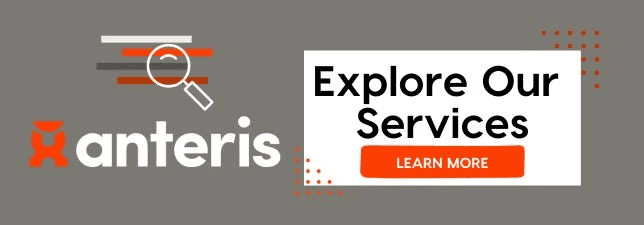The simple answer is that your managed service provider (MSP) can be your partner, not just your provider. A strategic IT partner is an MSP invested in the success of your business. They are not only there for issues that arise, but are fully integrated into your business model. It should go without saying that a strategic IT partner should have a seat at the table during your business meetings.
Investing for Success
There has been a shift away from simple, low-cost IT outsourcing for two reasons: the low-cost providers specialize in only one activity or service, and the quality of work from a low-cost IT provider can often hurt the business.
A strategic IT partner can be a powerful way to efficiently use technology to grow your business and give you a competitive edge. This symbiotic relationship works to support both your business and your MSP. As the workplace continues to incorporate additional technologies, a strategic IT partner will work with you to find a solution that not only fits your business but also help your business meet and exceed growth goals.
What are the Benefits of a Strategic IT Partner?
Strategy-oriented MSPs deliver additional value in three fundamental ways:
Business and Technical Expertise
The business and technical expertise of a Strategic IT partner allow your business to stay nimble in the ever-changing landscape of technology while you focus on revenue-producing activities. This expertise can power business growth by identifying ways to improve and streamline IT.
Services that Scale with Growth
A Strategic IT partner manages all of an organization’s technology operations. This removes the need to juggle multiple providers and vendors, as your MSP will often handle everything from hardware to support to subscriptions, allowing you to focus on revenue-generating activities.
Fully Integrating into the Business
Again, a Strategic IT Partner should have a seat at the table. Integrating your MSP fully into the business allows them to:
- Provide consistent quality of delivered services.
- Have a sense of ownership over the Client’s IT needs.
- Understand the company objectives and commit to the output.
- Communicate openly about the issues.
- Follow a well-designed development process.
- Think in the long-term.
Elements of a Strong Strategic IT Partnership
There are six elements that make up a strong strategic partnership:
- Written partnership agreement. The terms of the partnership need to be written and clear to both parties.
- A strong and established level of trust. Trust is the foundation of any partnership.
- Structural roles and obligations. Defined roles and obligations remove uncertainties regarding the responsibility of tasks.
- Defined communication process. The process should include the preferred method of communication and frequency and should be open at all times.
- Access to company knowledge & resources. An often-overlooked factor, a Strategic IT partner should a part of your company and seen as a member of your team, not simply a contractor.
- Frequent check-ins with management. Frequent check-ins help to identify areas for growth and any issues that need to be addressed before they impede operations.
How Anteris Can Help
While a Strategic IT partner requires input to provide the highest quality of service, the benefits reaped by such a partnership will be invaluable to your business. At Anteris, we believe in fostering this kind of partnership with our Clients and finding innovative solutions for the modern workplace. We are committed to their growth and making their technology freeing, not frustrating.










